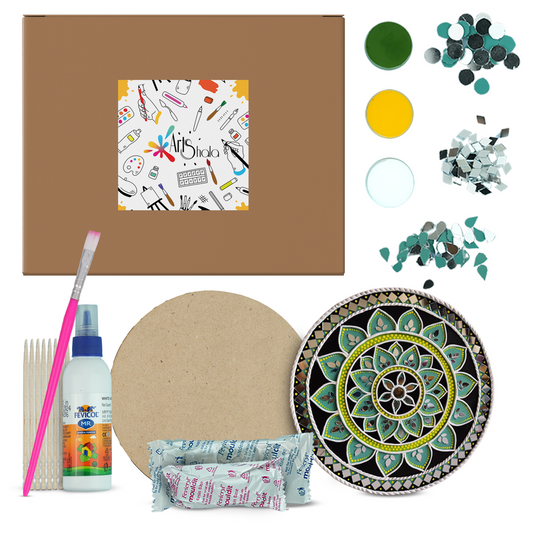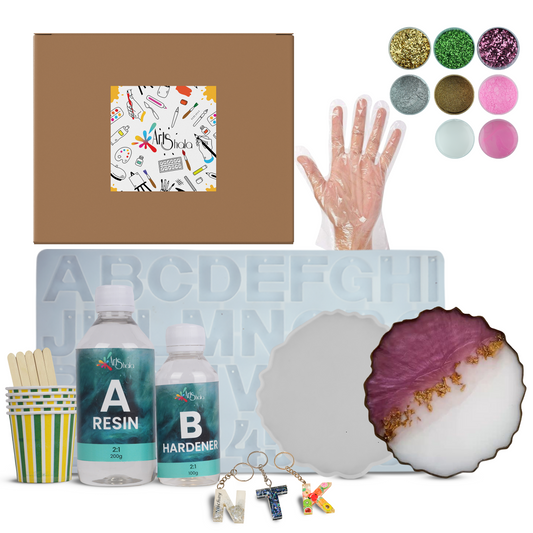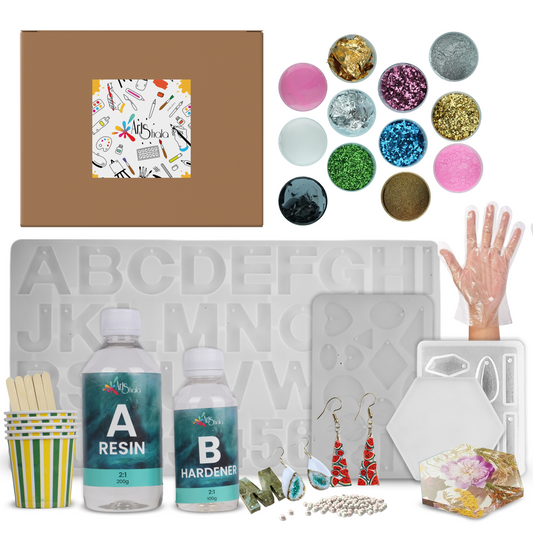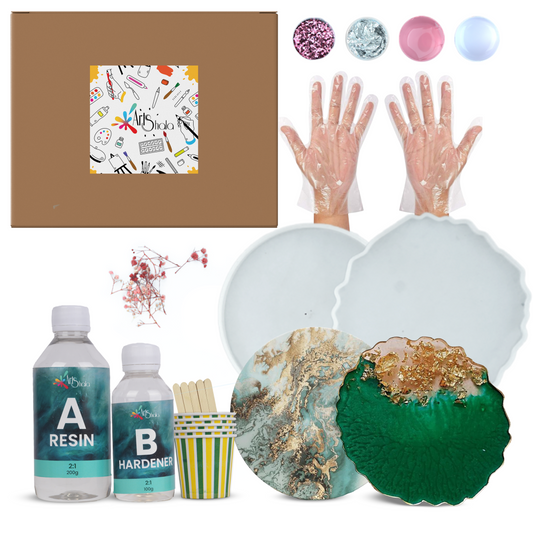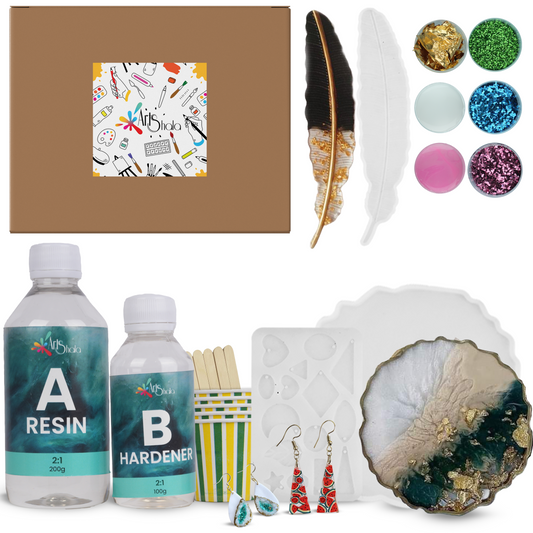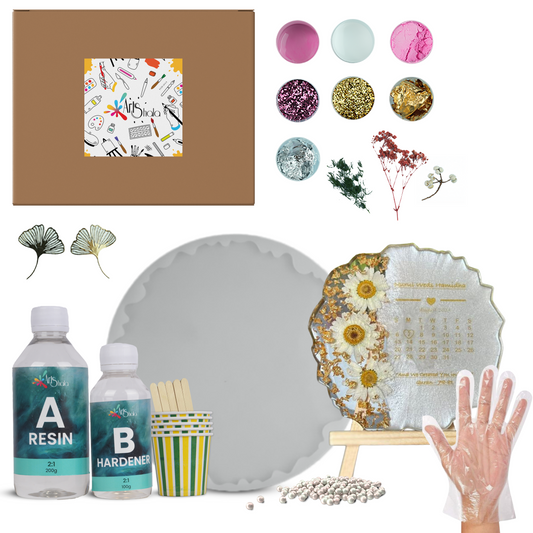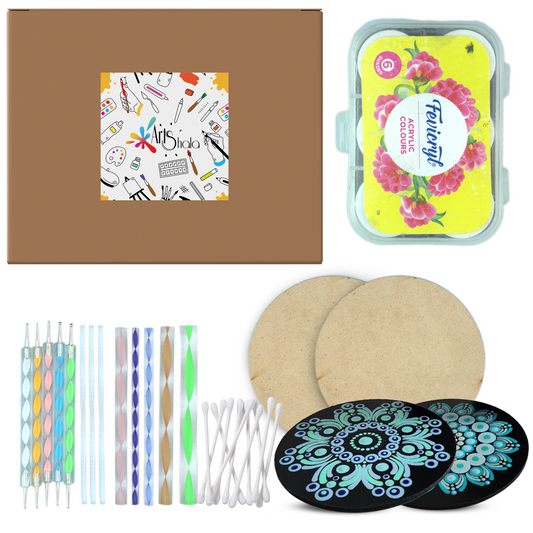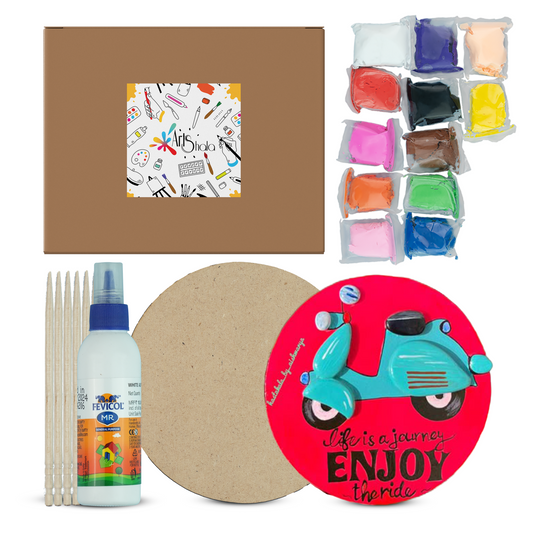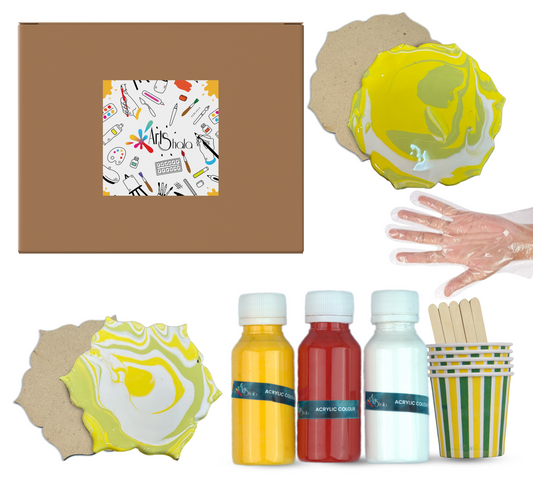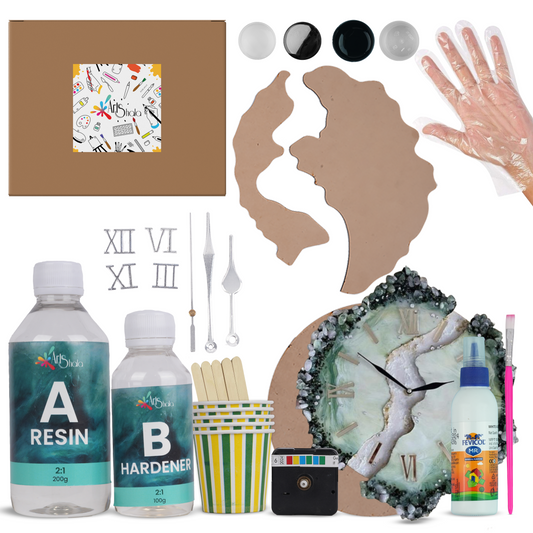Easy Acrylic Colour Painting Tutorial for Beginners
Acrylic painting is an exciting and creative medium that appeals to artists at all levels. Its quick-drying properties allow easy layering and adjustments, making it especially suitable for beginners. Learning the basics through tutorials and acrylic painting workshops is essential. They provide guidance tailored to the needs of the artists, helping build confidence while developing skills. Engaging in acrylic painting can be a fulfilling journey, and participating in a workshop can significantly enhance your experience. This easy Acrylic Colour Painting Tutorial for Beginners will equip you with knowledge and practical experience. Easy-to-follow projects will guide you through the painting process, ensuring a comprehensive introduction to acrylic painting. So, let's get right into it!
Understanding Colour Mixing
Colour mixing is a fundamental skill every acrylic artist should master. Understanding the colour wheel is essential; it shows the relationships between colours:
- Primary Colours: Red, blue, and yellow. These colours cannot be created by mixing others.
- Secondary Colours: Green, orange, and purple. These are produced by mixing equal parts of two primary colours.
Exploring different approaches to colour mixing opens up endless possibilities for your palette. You can create harmonious colour schemes by using analogous colours (next to each other on the wheel) or complementary colours (opposite each other) for contrast. Hands-on exercises will boost your confidence in working with colours:
- Mixing Exercise: Take two primary colours and mix them to create a secondary colour.
- Palette Exploration: Create a colour palette using three primary and three secondary colours.
These activities will enhance your understanding and application of colour in your paintings.
Exploring Brush Techniques
Acrylic painting offers many brush techniques that can significantly enhance your artwork. Familiarising yourself with different brushes and their effects is crucial for obtaining the desired textures and details.
Types of Brushes
- Flat Brush: Great for broad strokes and filling in large areas.
- Round Brush: Ideal for detailed work, such as fine lines and intricate designs.
- Filbert Brush: A versatile option combining the features of flat and round brushes, perfect for blending.
- Fan Brush: Perfect for creating textures like grass or fur.
Essential Brush Strokes to Practice
- Flat Wash: Apply an even layer of paint across the canvas.
- Dry Brushing: Use a dry paintbrush with a tiny amount of paint to create texture.
- Dabbing: Tap the brush onto the surface for a stippled effect.
Step-by-Step Exercises
- Practice using each brush type on scrap paper.
- Experiment with various strokes to see how they change your paint application.
- Create a small piece combining these techniques, allowing you to gain confidence in your brushwork skills.
Layering Paint for Depth and Texture
Layering paint in acrylics is a powerful technique that can significantly enhance your artwork. Understanding how to apply multiple layers adds depth and dimension to your paintings. Key Techniques:
- Glazing: This method involves applying a thin, transparent layer of paint over dried layers. It allows you to build depth without losing the colours beneath. Glazing, for instance, can create luminous effects in the skies or water.
- Opaque Layers: Using thicker paint creates solid areas of colour. This technique works well for foreground elements or details where you want more impact.
- Impasto Effects: Apply thick paint with a palette knife or brush to create texture. This method adds a three-dimensional quality to your work, making certain areas stand out.
- Collage Materials: Incorporate textured items like fabric or paper into your layers. This adds visual interest and complexity to your painting.
Experimenting with these layering techniques will open new avenues for creativity in your acrylic projects, enriching your artwork with texture and depth.
Composition and Backgrounds
Creating a captivating composition in painting is essential for drawing viewers into your artwork. Here are some key principles to consider:
- Rule of Thirds: Imagine dividing your canvas into a 3x3 grid. Placing focal points along these lines or at their intersections can produce more balanced and dynamic compositions.
- Developing Backgrounds: A cohesive background enhances your subject. Use colour gradients, soft shapes, or abstract patterns that echo the colours of your main elements. This integration creates harmony and depth.
- Guidelines for Focal Points: Identify where you want to draw attention. Use contrasting colours or sharp details to make focal points stand out. Leading lines or shapes can direct the viewer's eye across the painting, guiding them through your story.
Experimenting with these techniques leads you to create engaging artworks that resonate with viewers while reinforcing the importance of composition in your acrylic paintings.
Easy Acrylic Painting Projects for Beginners
Creating your artwork can be an exciting journey. Here are two simple projects incorporating easy acrylic techniques, allowing you to practice what you've learned and gain confidence in your skills.
Project 1: Sunset Landscape
This acrylic landscape painting tutorial for beginners focuses on capturing a stunning sunset. Follow these steps to create your masterpiece:
Step 1: Creating a Vibrant Sky
- Mix vibrant colours like orange, pink, and purple on your palette.
- Use a large flat brush to apply the lightest colour at the horizon.
- Gradually blend darker shades upwards to create depth in the sky.
- Remember to work quickly, as acrylics dry fast; this helps with smooth transitions.
Step 2: Adding Distant Mountains
- Choose a darker hue for your mountains, such as deep blue or grey.
- Use a smaller round brush to outline the mountains, ensuring they appear lighter in the distance for atmospheric perspective.
- Blend the base of the mountains into the sky slightly to create a cohesive look.
Step 3: Painting Foreground Elements
- Select colours for foreground elements like trees or grasses.
- Add texture and details using different brush strokes (like dabbing or sweeping).
- Finish with highlights using lighter shades to give depth and dimension.
These steps provide a straightforward approach to creating a beautiful sunset landscape. Don’t hesitate to experiment with colours and techniques along the way. Each painting is an opportunity to express your creativity while honing your acrylic painting skills.
Project 2: Floral Still Life
Creating a floral still life is an excellent way to apply the easy acrylic techniques you’ve learned. This project allows you to explore vibrant colours and textures while building your skills.
Step 1: Preparing The Canvas
Start by applying a textured background using a palette knife or a sponge. This will help you create exciting patterns and depth with your base colour.
Step 2: Painting Realistic Flowers
Focus on layering your paint to achieve dimension in the petals. Begin with a base colour for each flower, then add highlights using lighter shades. This technique gives your flowers a lifelike appearance.
Step 3: Enhancing Depth
Incorporate shadows beneath the flowers for added realism, similar to what you would do when painting a rose in watercolour vs acrylic. Use darker tones around the base and create reflections where light hits. This brings your floral arrangement to life and showcases your progress in this beginner painting tutorial.
This acrylic flower painting tutorial for beginners unlocks creativity while reinforcing essential techniques.
Conclusion
Embrace the versatility of acrylics and start your creative journey with confidence. With the solid foundation and essential techniques covered, you’re well-equipped to explore this exciting medium. Acrylics offer endless possibilities for creativity. Don’t hesitate to try new techniques and styles. Regular practice will enhance your skills over time. Each brushstroke brings you closer to improvement. If you want to deepen your understanding and discover tips for using acrylics, Contact Us on Arts Shala today for an excellent opportunity to learn more about acrylic painting alongside fellow artists.



